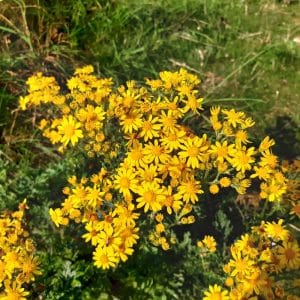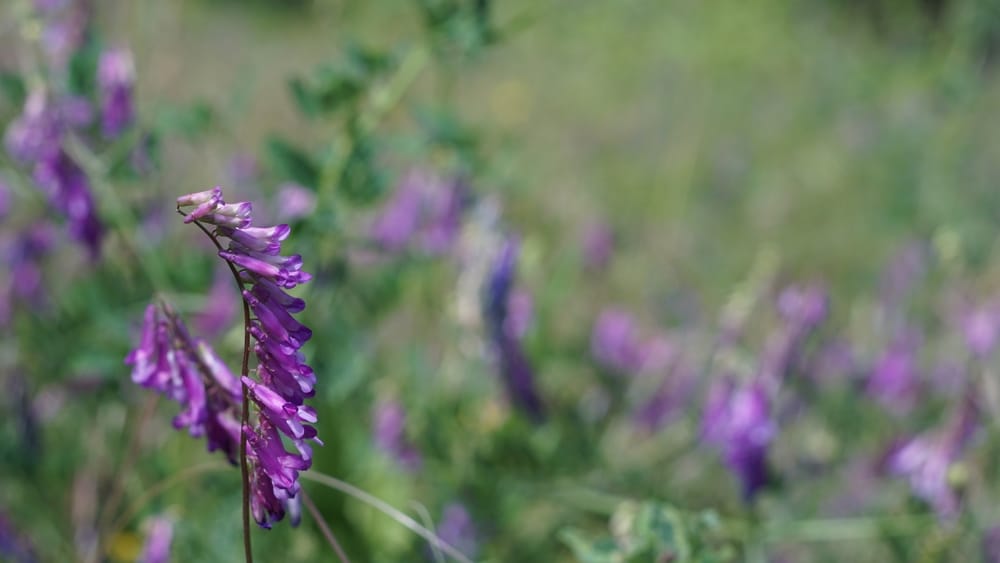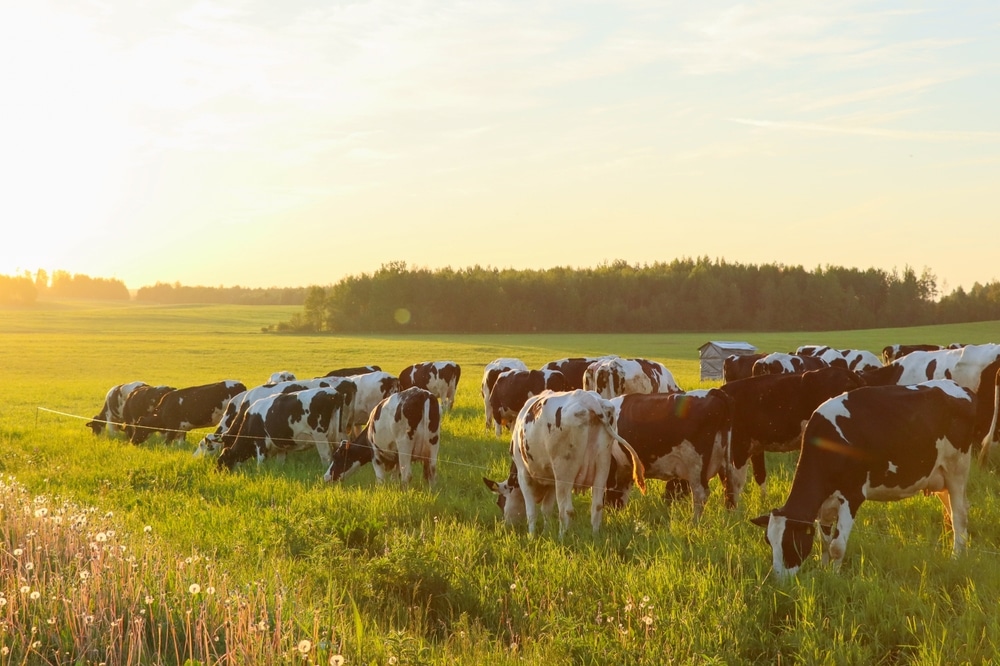Grazing animals are susceptible to various diseases that can affect their health, welfare, and productivity. Our Bear Creek Large Animal Clinic team explains some of the most prevalent diseases affecting grazing animals to help producers decrease their herd’s risk and promote their health.
Bloat
Bloat or ruminal tympany is caused by the abnormal retention of fermentation gasses, leading to rumen and reticulum extension. Frothy bloat is usually associated with highly digestible plants, such as wheat pasture or lush legumes, because the soluble leaf proteins and plant particles produce a stable foam-like material that prevents eructation (i.e., belching). In addition, certain rumen microorganisms can promote froth production. Bloat can also occur in cattle that are down for extended periods because they can’t belch while down. If a bloated cow’s gas is not expelled, the rumen continues to distend, eventually pressing on the diaphragm or constricting the vessels that pass to and from the heart, resulting in asphyxiation and death.
- Signs — Signs include labored breathing, abdominal discomfort indicated by feet stomping or kicking at the belly, frequent urination and defecation, distention of the left abdominal area, and sudden collapse.
- Treatment — Free gas can be removed by stomach tube or large gauge needle inserted into the rumen on the left side. Foam can quickly plug the tube or needle, and anti-foaming agents may be necessary to break down the foam. Chronic bloat cattle may benefit from a rumen trochar or a rumenotomy.
- Prevention — Pasture bloat is unpredictable and not always preventable but suggested strategies include:
- Making the transition to new forage as gradual as possible.
- Planting legume and grass mixtures with legumes providing no more than 50% of the available forage.
- Planting non-bloating legumes, such as birdsfoot trefoil, cicer milkvetch, sainfoin, and lespedeza, or lower-risk legumes, such as sweet clover and red clover.
- Fertilizing grass/legume pastures with nitrogen to stimulate grass production.
- Feeding dry hay or grass pasture before moving a herd to bloat potential pastures.
- Providing mineral supplements with adequate salt and avoiding excessive potassium, calcium, and magnesium.
- Supplying a bloat block for cattle to lick.
Lupine toxicity

Lupine species typically start growing in early spring and flower in May or June. Varieties include blue, yellow, white, and pink blooms. Some species are harmless, but others contain alkaloids that can cause deformities during fetal development. The plants are dangerous from the time they start growing until they dry up in the fall. They are most toxic in the spring and late summer.
Birth defects occur when cows ingest the affected plants between day 40 and day 100 of pregnancy. The alkaloids sedate the fetus, causing it to not move enough during a critical developmental stage, which results in crooked or fused joints. Possible malformations include twisted or bowed limbs, contracted tendons, twisted or deviated spine, twisted neck, and in some cases, a cleft palate. Most calves can be delivered normally, but if the calf is severely deformed, surgical removal by C-section may be necessary.
Some farmers change their calving season to later in the year so their cows aren’t pregnant during the spring when lupine blooms. Monitoring your fields for lupines and keeping your cows out of fields containing the plants during spring and late summer can also reduce your herd’s risk.

Tansy ragwort toxicity
Tansy ragwort is a pervasive plant that is toxic to most grazing animals, especially horses. Many animals will avoid tansy ragwort because of its bitter taste, but animals on overgrazed pastures may find them appealing. The flowers and leaves of tansy ragwort have high levels of pyrrolizidine alkaloids, which can damage the liver and lead to secondary photosensitization (i.e. sunburn). In severe cases, liver failure and central nervous system depression can occur. The best way to control tansy ragwort is by manual removal and applying appropriate chemical agents during the early spring and late fall. The weed can be further spread if pastures are mowed without removing the roots, especially during flowering and seeding.
Hairy vetch toxicity

Hairy vetch is a four to six-foot-tall annual plant with hairy stems and leaves that bloom purple to red. The plant can lead to an immune-mediated disease in cattle and horses, but the toxin responsible has not been identified. In cattle, hairy vetch toxicosis can manifest in various ways including sudden neurologic disease, ulcers of the mouth, respiratory signs, such as nasal discharge and cough, itchy skin, hair loss, diarrhea, weight loss, sporadic abortions, and red-tinged urine. In horses, hairy vetch can cause systemic granulomatous disease (SGD) which causes inflammation of the skin and internal organs, typically leading to death. Prevention strategies include:
- Inspecting pastures for hairy vetch regularly
- Removing hairy vetch plants
- Inspecting hay prior to feeding
- Providing adequate alternative feed sources.
Following recommended management strategies can safeguard your herd from many diseases that commonly affect grazing animals. Contact our Bear Creek Large Animal Clinic team for advice about safely managing your herd or with concerns about herd health.








Leave A Comment